The Spalding Peafowl is a hybrid bird, resulting from the crossbreeding of the Indian Peafowl (Pavo cristatus) and the Green Peafowl (Pavo muticus). Named after Dr. Spalding, who first bred these birds in the early 20th century, the Spalding Peafowl has become a popular hybrid due to its striking appearance and the combination of the best traits from both parent species. It showcases the vibrant colors and majestic plumage of the Green Peafowl, while retaining the recognizable characteristics of the Indian Peafowl. The resulting bird is a beautiful and hardy addition to any aviary or ornamental garden.
Physical Characteristics
Spalding Peafowls inherit a wide variety of colors and features from their parent species, creating a visually striking bird with a combination of green, blue, and bronze tones.
Males (Peacocks):
- Plumage: Male Spalding Peafowls inherit the vibrant green and iridescent blue feathers of their Green Peafowl parent, along with the golden and bronze hues typical of the Indian Peafowl. Their train is long, shimmering, and adorned with eye-like patterns, similar to the Indian Peafowl, but with the added brilliance of green and gold highlights. The combination of these colors gives the bird a unique, dazzling appearance.
- Size: Males are generally large, with the body measuring around 2.5 to 3 feet (75 to 90 cm) in length, and their train can extend an additional 4 to 6 feet (120 to 180 cm) or more, making them highly impressive when fully displayed.
- Crest: The male Spalding Peafowl has a crest on its head that is often a mix of the characteristic feathering seen in both Indian and Green Peafowl. The crest is smaller and less elaborate compared to other peacock species, but it still adds to the bird’s regal appearance.
- Color Variation: The amount of green and blue in the plumage can vary depending on the hybrid’s specific genetics, making each bird slightly different in its overall coloration.
Females (Peahens):
- Plumage: Female Spalding Peafowls are typically smaller and more subdued in coloration compared to males. Their feathers tend to be a mix of soft browns, bronze, and olive-green hues. While not as flamboyant as their male counterparts, female Spalding Peafowls are still elegant, with a natural, muted beauty.
- Size: Females are generally 2 to 2.5 feet (60 to 75 cm) long, and they have a shorter tail than the males.
- Coloration: Females inherit the soft greens, browns, and olive tones from both parent species, resulting in a lovely and discreet appearance that allows them to blend into their environment, especially when nesting.
Behavior and Social Structure
Spalding Peafowls are known for their gregarious nature and are often seen in groups. Much like their parent species, they have social behaviors that are evident throughout the year.
- Social Interaction: The male Spalding Peafowl is especially known for its courtship displays, where it spreads its train wide to attract females. This stunning display is accompanied by vocal calls, which are a combination of the deep, resonant sounds of the Indian Peafowl and the sharp, loud calls of the Green Peafowl.
- Foraging: As foragers, Spalding Peafowls are highly effective at hunting for a variety of food sources. They feed on seeds, fruits, insects, and small plants. Their omnivorous diet helps them maintain their strength and energy levels, and their ability to forage is one of the reasons they are valued as natural pest controllers.
- Vocalization: Spalding Peafowls are quite vocal, with males using calls to mark territory or signal to females. Their vocalizations tend to be a mixture of the calls from both parent species, making their sounds quite distinct.
Courtship and Reproduction
Spalding Peafowls have inherited the elaborate courtship rituals of their parent species. During the breeding season, the male performs an extravagant display to attract the attention of the female.
- Mating Display: The male Spalding Peafowl will fan out his train and vibrate the feathers to create a shimmering effect, often walking around the female while making deep calls and strutting. This display is one of the most visually stunning behaviors in the animal kingdom.
- Breeding: The female typically selects a mate based on the quality and size of the male’s display, as well as his overall health and vigor. After mating, the female lays 3–6 eggs, which she incubates for approximately 28–30 days.
- Chicks: The chicks are precocial and are able to walk and forage shortly after hatching. They are cared for by the female, and they quickly learn to follow her and adapt to their environment.
Habitat and Distribution
The Spalding Peafowl is primarily found in captivity and ornamental aviaries, where it is bred for its hybrid vigor and unique coloration. Unlike the Indian Peafowl or the Green Peafowl, which have specific ranges in the wild, the Spalding Peafowl thrives in controlled environments, where breeders carefully select the birds for optimal genetic traits.
- Natural Habitat: The natural habitat of the parent species includes forests, grasslands, and agricultural areas across India, Southeast Asia, and parts of China. Spalding Peafowls adapt well to large aviaries or free-range settings, where they can forage and display their beautiful feathers.
Conservation and Breeding
The Spalding Peafowl is a hybrid, and as such, does not have the same conservation concerns as its parent species. However, selective breeding is important to maintain the quality of the hybrid and preserve the unique characteristics it offers.
- Selective Breeding: The breeding of Spalding Peafowls involves pairing Indian and Green Peafowls to produce offspring that retain the best traits of both species. Careful management of their genetic diversity ensures the health and vitality of the birds.
- Popularity: The Spalding Peafowl is gaining popularity in ornamental poultry circles due to its striking appearance, combining the coloration and beauty of both parent species. They are often kept in private collections, zoos, and aviaries because of their elegance and vibrant display.
Conclusion
The Spalding Peafowl is a unique and beautiful hybrid that captivates with its striking combination of colors and features inherited from both the Indian and Green Peafowl. With its long, dazzling train, iridescent feathers, and fascinating courtship displays, the Spalding Peafowl is a showstopper in any aviary or garden. These birds are admired not only for their beauty but also for their hardiness and adaptability, making them a valuable addition to poultry collections worldwide. Whether for ornamental purposes or as a tribute to nature’s spectacular hybridization, the Spalding Peafowl remains a prized bird among aviculturists.

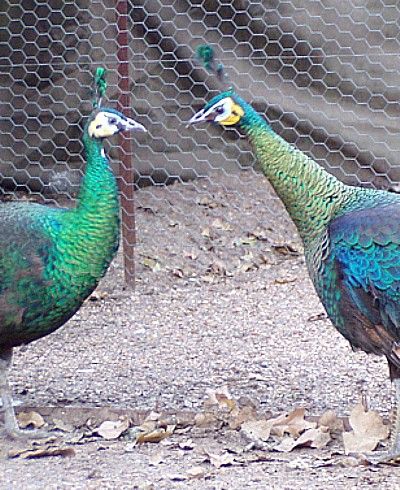

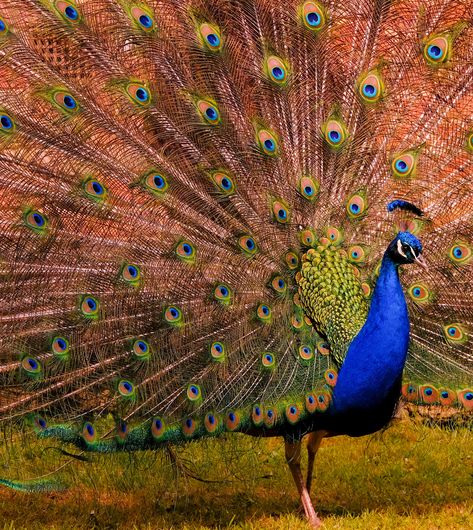
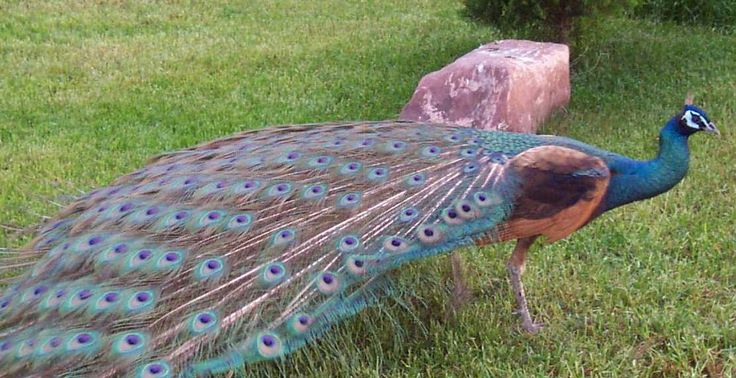
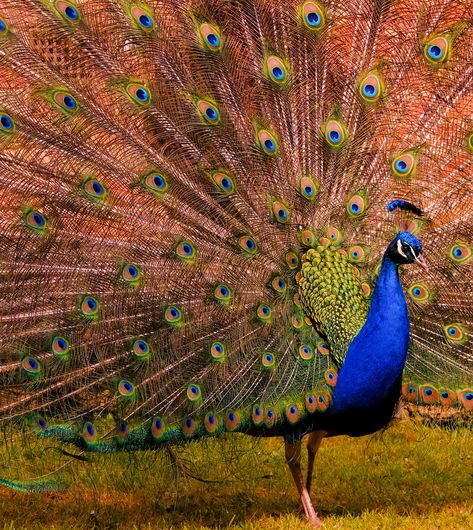
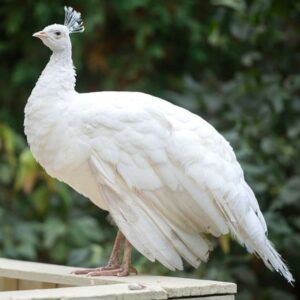



Reviews
There are no reviews yet.